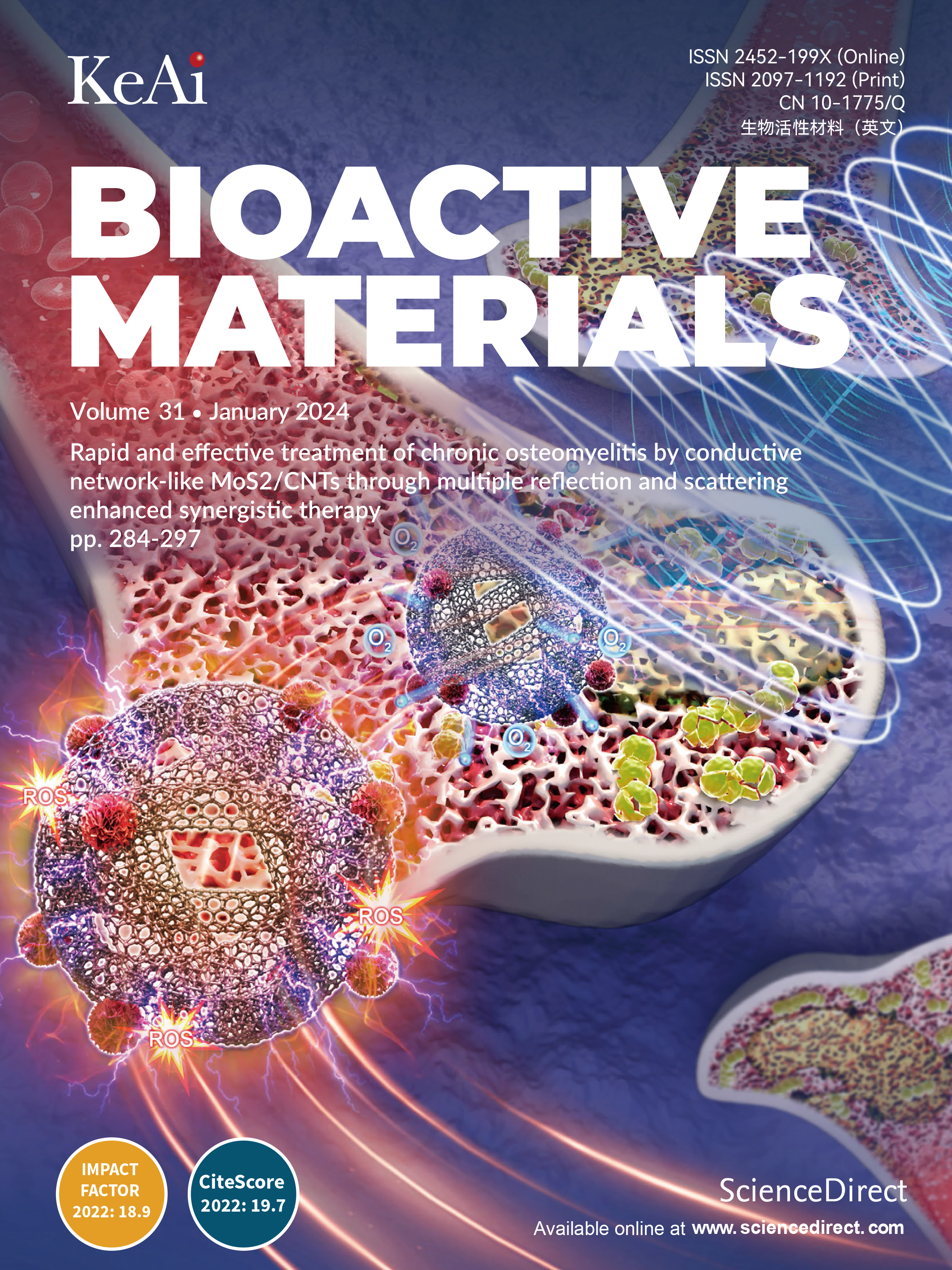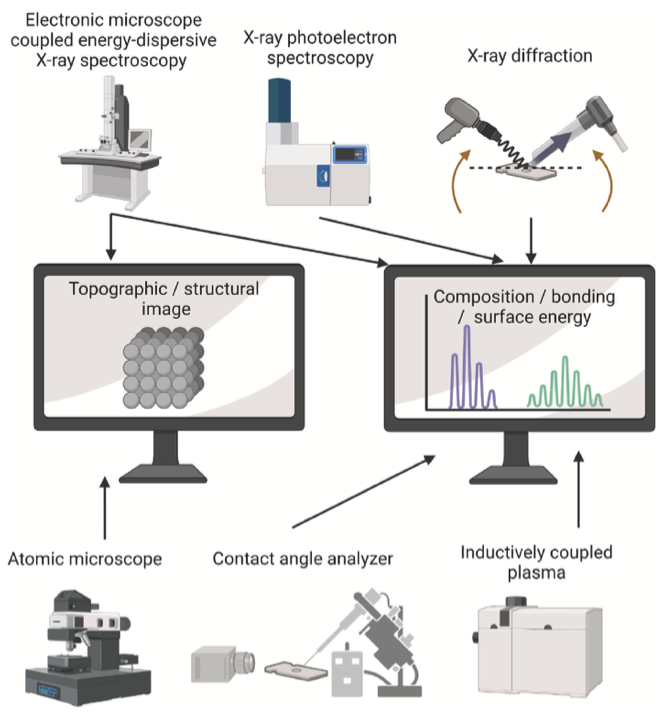Recent advances in Fe-based bioresorbable stents: Materials design and biosafety
Zhang Y, Roux C, Rouchaud A, Meddahi-Pellé A, Guguen V, Mangeney C, Sun F, Pavon-Djavid G, Luo Y
2023 • Bioactive Materials • [pdf]
Fe-based materials have received more and more interests in recent years as candidates to fabricate bioresorbable stents due to their appropriate mechanical properties and biocompatibility. However, the low degradation rate of Fe is a serious limitation for such application. To overcome this critical issue, many efforts have been devoted to accelerate the corrosion rate of Fe-based stents, through the structural and surface modification of Fe matrix. As stents are implantable devices, the released corrosion products (Fe2+ ions) in vessels may alter the metabolism, by generating reactive oxygen species (ROS), which might in turn impact the biosafety of Fe-based stents. These considerations emphasize the importance of combining knowledge in both materials and biological science for the development of efficient and safe Fe-based stents, although there are still only limited numbers of reviews regarding this interdisciplinary field. This review aims to provide a concise overview of the main strategies developed so far to design Fe-based stents with accelerated degradation, highlighting the fundamental mechanisms of corrosion and the methods to study them as well as the reported approaches to accelerate the corrosion rates. These approaches will be divided into four main sections, focusing on (i) increased active surface areas, (ii) tailored microstructures, (iii) creation of galvanic reactions (by alloying, ion implantation or surface coating of noble metals) and (iv) decreased local pH induced by degradable surface organic layers. Recent advances in the evaluation of the in vitro biocompatibility of the final materials and ongoing in vivo tests are also provided.


